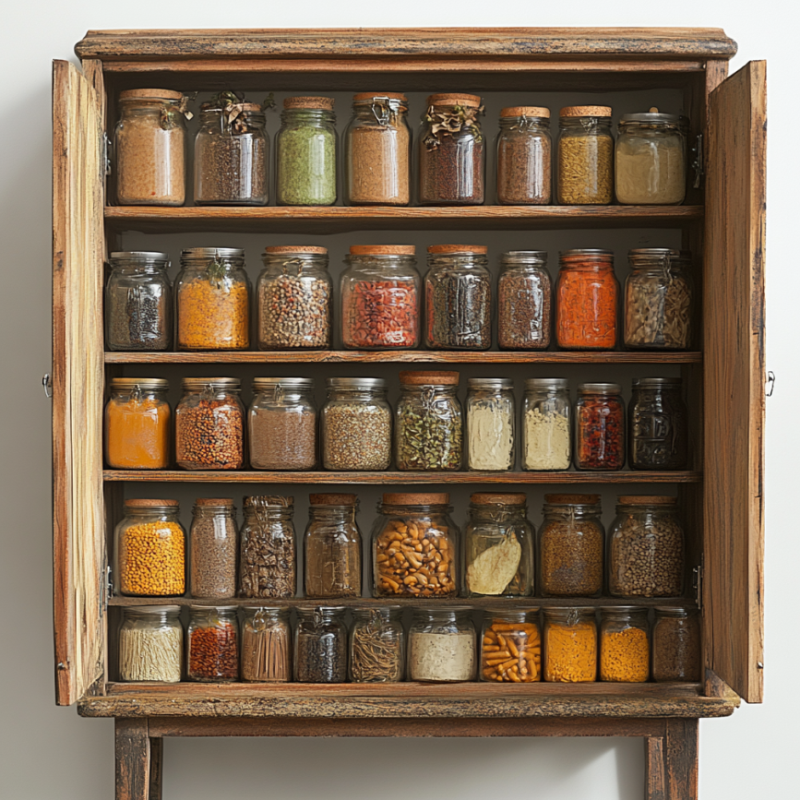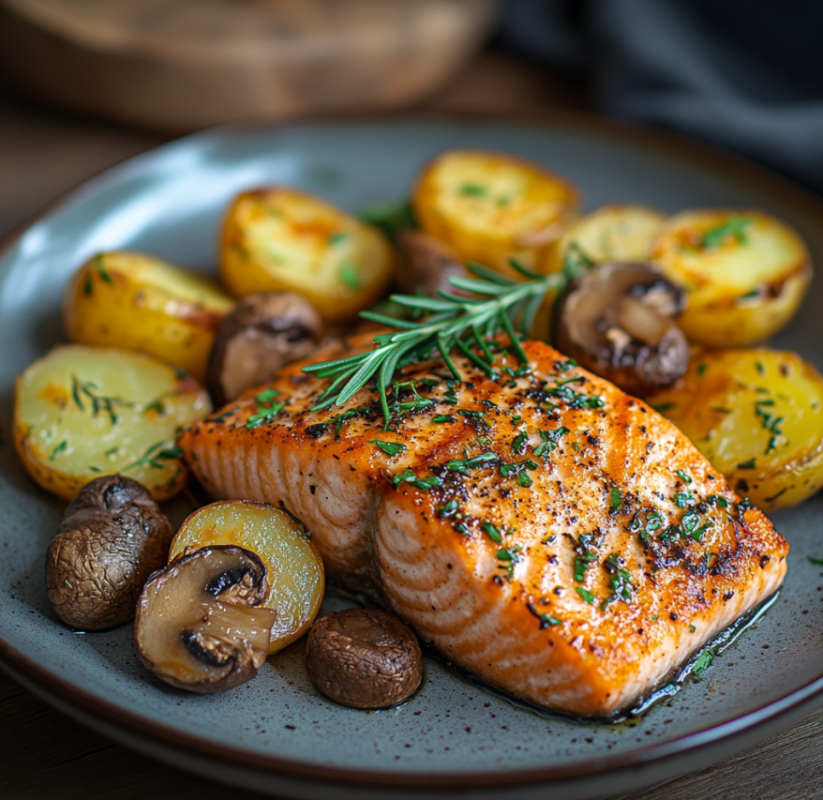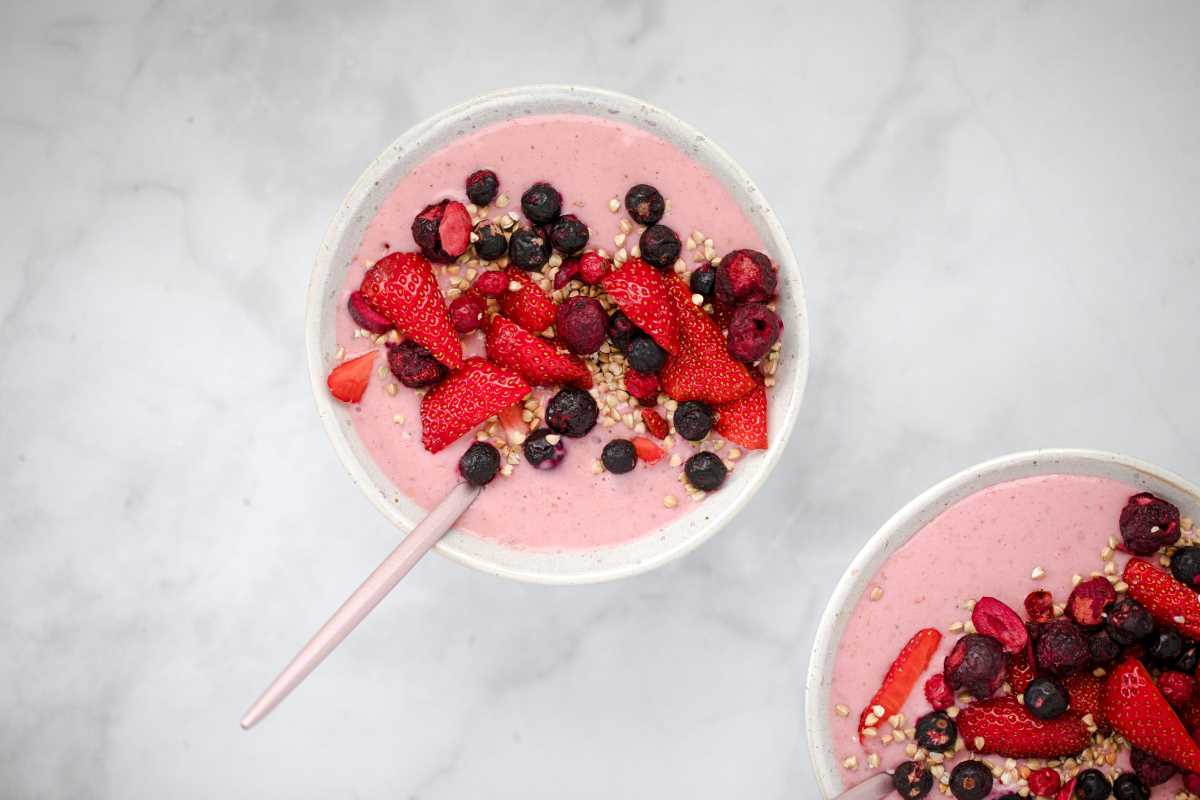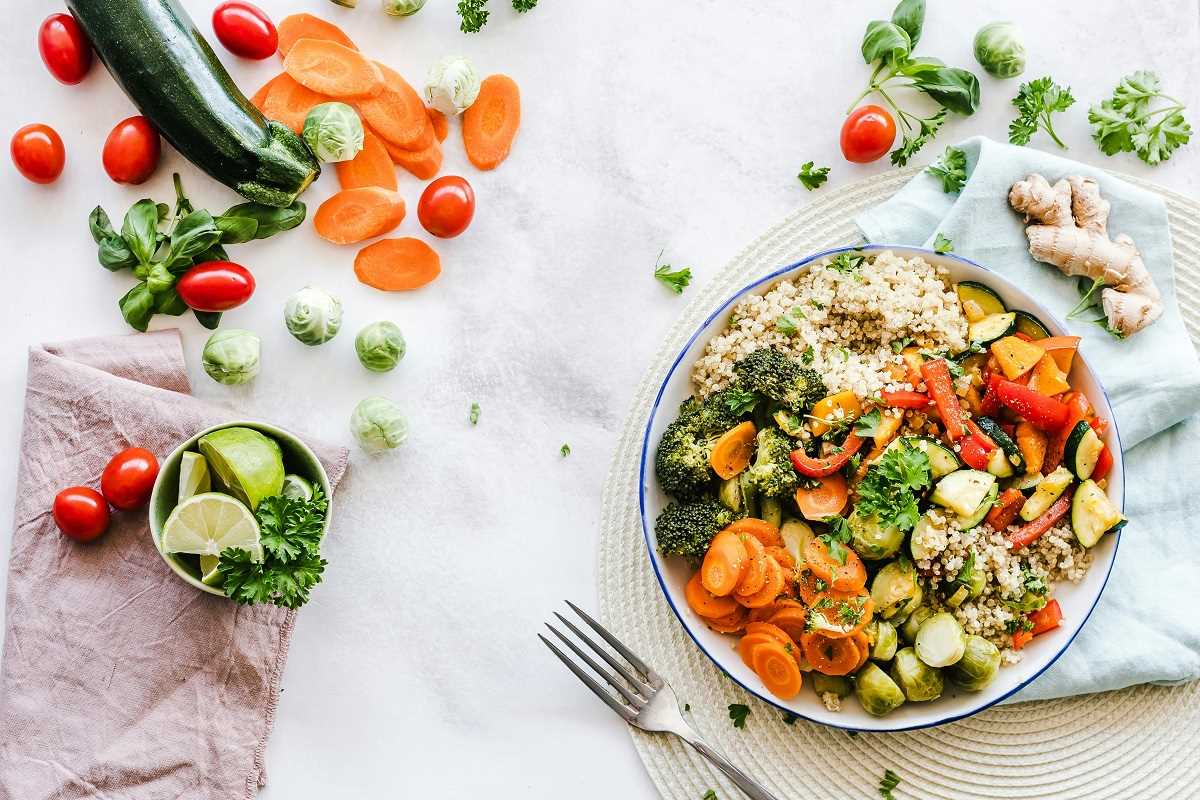Fermentation might sound fancy, but it’s been a part of human history for centuries, helping people preserve food long before refrigerators were a thing. And these days, fermented foods are making a big comeback. Why? They’re packed with flavor, loaded with health benefits, and surprisingly fun to make at home. Plus, what’s better than wowing your dinner guests with a jar of crisp homemade pickles or a tangy batch of sauerkraut?
If you’ve never dipped your toes into the world of fermentation, don’t worry. It’s not as complex as it might seem. All you need are a few basic ingredients, some basic tools, and a little patience to get started. Here’s a guide to some of the best fermented favorites you can easily make at home, along with tips to keep the whole process simple yet satisfying.
Why Ferment Your Own Food?
Before we get into the “how,” it’s worth talking about the “why.” Fermented foods are not only delicious, but they’re also great for your health. The magic of fermentation lies in the process itself. Naturally occurring bacteria called probiotics break down sugars, turning them into lactic acid or alcohol. This not only gives fermented foods their unique tangy taste but can also improve gut health by encouraging a healthy balance of bacteria in your digestive system.
Beyond health benefits, homemade fermentation allows you to enjoy truly fresh and highly customizable flavors. You can experiment with spices, veggies, and even fruits based on your preferences. Once you get the hang of it, you’ll find making these foods at home is a rewarding way to connect with the simple joys of traditional cooking.
Essential Tools to Get Started
You don’t need a lab or expensive gadgets to get started with fermentation. Most items you’ll probably already have in your kitchen! Here are the basics:
- Glass jars or crocks: Mason jars are perfect for small batches, while ceramic crocks work well for larger quantities.
- Weights: You’ll need something to press down your ingredients to keep them submerged in liquid. You can use store-bought weights or even a small glass lid or a sterilized rock.
- Cheesecloth or breathable covers: These allow air to flow while keeping out dust or bugs.
- Salt: Non-iodized salt is a must! It’s crucial for the fermentation process and helps prevent unwanted bacteria from spoiling your food.
- Mixing bowls and knives: Basic tools to slice, dice, and prep your ingredients.
Now that you know what you’ll need, it’s time to roll up your sleeves and start fermenting!
1. Sauerkraut
It’s hard to talk about fermentation without mentioning sauerkraut, the beloved German staple made from fermented cabbage. Not only is it tangy and crunchy, but it’s also one of the easiest fermented foods you can make at home—which makes it a perfect first project for beginners.
How to Make Sauerkraut
- Ingredients: All you need is a head of cabbage, non-iodized salt, and your jar or crock. If you’re feeling adventurous, you can add extras like caraway seeds or juniper berries for added flavor.
- Steps:
- Wash and shred the cabbage into thin slices.
- Sprinkle salt over the shredded cabbage and massage it thoroughly. This helps to draw out the cabbage’s natural juices.
- Pack the cabbage tightly into your jar, pressing it down firmly so it’s fully submerged in its own brine (the liquid you just created).
- Cover it with a weight and a breathable cloth, then leave it at room temperature for 1–4 weeks. Taste it every few days until it’s just the right amount of tangy for you!
- Steps:
2. Pickles
Who doesn’t love a crisp, briny pickle? Whether you prefer them sour or garlicky, making pickles at home can be tailored to suit your taste buds perfectly. And don’t stop at cucumbers! You can pickle carrots, cauliflower, radishes, or even okra.
How to Make Fermented Pickles
- Ingredients: Cucumbers, salt, water, garlic (optional), dill, and any other spices you prefer.
- Steps:
- Start by creating a brine by dissolving salt in water (a common rule is about 1 tablespoon of salt per cup of water).
- Pack your cucumbers and flavorings into a jar, then pour the brine over everything until it’s fully submerged.
- Use a weight to keep the veggies down and cover the jar with a breathable lid.
- Leave at room temperature for about one week and taste test to find your preferred level of sourness.
- Steps:
3. Kimchi
Want to bring bold, spicy flavors into your kitchen? Kimchi is a traditional Korean fermented dish made from napa cabbage, carrots, radishes, and chili paste.
How to Make Kimchi
- Ingredients: Napa cabbage, radish, carrot, green onion, garlic, ginger, chili flakes or paste, and salt.
- Steps:
- Chop your cabbage into chunky pieces and salt it liberally, leaving it to sit in a bowl for a few hours until it’s soft.
- Rinse the cabbage thoroughly and mix it with the remaining ingredients in a large bowl. Massage everything to coat evenly.
- Pack the mixture into jars, ensuring all the veggies are submerged under the liquid.
- Cover and ferment at room temperature for 5 days or longer, depending on how tangy you want your kimchi.
- Steps:
4. Kombucha
Kombucha is a fizzy, slightly sweet drink made by fermenting sweet tea with a SCOBY (Symbiotic Culture of Bacteria and Yeast). It’s often flavored with fruits or herbs for variety.
How to Make Kombucha
- Ingredients: Black tea, sugar, water, a SCOBY (available online or from a fellow kombucha enthusiast).
- Steps:
- Brew a pot of tea and dissolve sugar in it.
- Once the tea has cooled, transfer it to a jar and add the SCOBY.
- Cover the jar with a breathable cloth and secure it with a rubber band.
- Allow the kombucha to ferment for 7–10 days in a warm spot out of direct sunlight. Once it’s ready, you can flavor it by adding fruit juices or spices, then bottle it for a second ferment to give it extra fizz.
- Steps:
5. Yogurt
Fermenting dairy might sound intimidating, but making your own yogurt is a surprisingly simple process. All you need are some starter cultures (or plain yogurt with active cultures) and milk!
How to Make Yogurt
- Ingredients: Milk and a yogurt “starter” (store-bought plain yogurt works great if it has live cultures).
- Steps:
- Heat your milk in a pot until it reaches about 180°F, then cool it to around 110°F.
- Stir in the yogurt starter.
- Pour the mixture into jars and keep it warm (e.g., cover with a towel or use a yogurt maker) for 6–12 hours, until it thickens.
- Steps:
Pro Tips for a Successful Fermentation
While fermentation is simple, it does require proper care to avoid spoilage. Here are some tips to ensure success:
- Use Clean Tools: Make sure all jars, utensils, and surfaces are sterilized.
- Avoid Metal Containers: Metal can react with the acids produced during fermentation. Stick to glass or ceramic.
- Submerge Everything: Always keep your ingredients completely submerged in brine or liquid to prevent mold.
- Be Patient: Flavors develop over time. Resist the urge to rush the process, and trust the magic of fermentation!
Fermenting your own foods at home is not just about enjoying delicious and healthy eats, it’s also a way to connect with time-honored traditions. From tangy sauerkraut to fizzy kombucha, these projects are rewarding, creative, and much simpler than they might seem.







